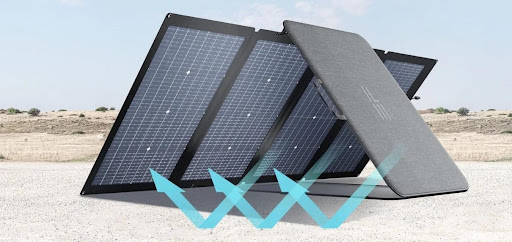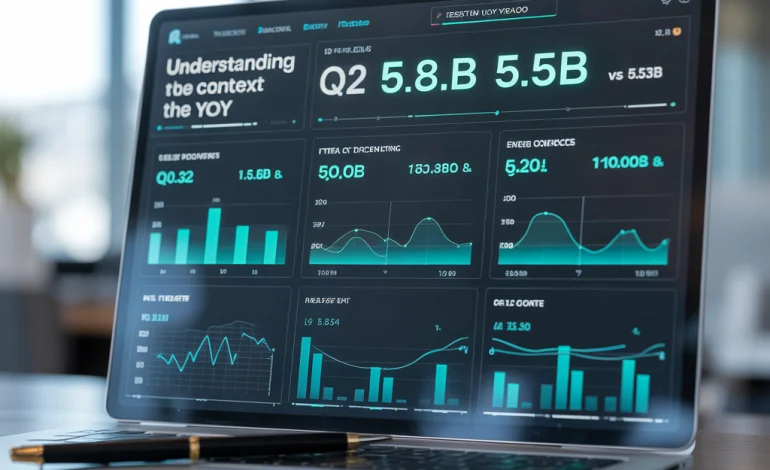Understanding Solar Panel Efficiency Ratings Explained

Solar panels have revolutionized the way we generate and consume energy. As homeowners and businesses increasingly turn to solar energy, understanding the efficiency of these solar panels becomes crucial. Efficiency ratings of solar panels directly affect the amount of electricity you can generate and the return on your investment. This blog will delve into how solar panel efficiency is measured, the factors that impact it, and actionable tips to ensure you’re getting the most out of your solar energy system.
What Is Solar Panel Efficiency?
Definition and Importance
Solar panel efficiency refers to the ratio of energy output from the solar cell to input energy from the sun. It tells you how much sunlight a solar panel can convert into usable electricity. Higher efficiency means more electricity, influencing your energy savings and system performance over time. Proper understanding of these ratings can significantly affect the cost-effectiveness and practicality of installing a solar energy system.
Standard Test Conditions (STC)
Solar panel efficiency is generally measured under Standard Test Conditions (STC), which assume a temperature of 25 degrees Celsius and 1000 watts of sunlight per square meter. These conditions establish a standard for comparing panel performances. However, in real-world scenarios, factors like temperature variations, shading, and weather conditions can significantly impact actual efficiency, making it essential to consider these variables.
Factors Affecting Solar Panel Efficiency
Material Quality and Type
The quality and type of materials used in manufacturing solar panels significantly impact their efficiency. Monocrystalline panels are typically more efficient than polycrystalline ones, thanks to their purer silicon structure, which alFlows for better energy conversion. Thin-film panels, while lightweight and versatile, usually have lower efficiency ratings, making them less suitable for areas with limited space or less sunlight.
Technological Advancements
Technological advancements are constantly enhancing solar panel efficiency. Innovations like PERC (Passivated Emitter Rear Cell) technology, bifacial panels that capture sunlight from both sides, and multi-junction cells are significantly improving performance. By staying informed about the latest developments, you can select a more efficient system, ensuring greater energy production and better long-term value for your investment.
Environmental Factors
External conditions like shading, dirt accumulation, and local climate can significantly affect solar panel power. In hot environments, panels may experience reduced efficiency due to overheating, while shading from trees or nearby buildings can drastically lower energy production. Regular cleaning and strategic placement are essential for optimizing performance and ensuring your panels operate at peak efficiency throughout the year.
How to Interpret Efficiency Ratings
Understanding Datasheets
Solar panel datasheets provide essential specifications, including efficiency ratings, typically expressed as a percentage. This percentage indicates the amount of sunlight converted into electricity under optimal conditions. By understanding these details, you can assess the performance of different panels and make a more informed decision when selecting the best option for your energy needs and investment.
Real-World Performance vs. Laboratory Conditions
While datasheets provide efficiency ratings based on Standard Test Conditions (STC), real-world performance can differ due to various factors. Temperature fluctuations, shading, dirt, and other environmental conditions often reduce panel efficiency. Understanding this discrepancy between lab conditions and actual usage is essential for managing expectations and making informed decisions during installation and system design.
Maximizing Solar Panel Efficiency
Optimal Installation Practices
Proper installation of solar panels, with the correct tilt and orientation, significantly boosts efficiency. In the northern hemisphere, panels should face south and be tilted at an angle that matches your latitude. This ensures optimal exposure to sunlight year-round, enhancing energy production. Proper positioning maximizes solar capture, improving both performance and energy output over time.
Regular Maintenance and Cleaning
Regular maintenance is key to ensuring solar panels operate at peak efficiency. Clean off dust and debris regularly to maintain optimal performance. Inspect the panels periodically for any defects, cracks, or damage. When cleaning, use water or a soft brush to gently remove accumulated dirt, ensuring the panels are not scratched or damaged in the process.
Upgrading Components
Occasionally upgrading system components, such as inverters, mounting hardware, and even the panels themselves, can significantly boost overall efficiency. Modern inverters are designed to handle energy conversion more effectively, ensuring optimal performance. Additionally, upgraded mounting solutions can help minimize shading, improve panel positioning, and address temperature-related issues, contributing to increased energy production and system longevity.
Conclusion
Understanding solar panel efficiency is key to making the most out of your investment in solar energy. By knowing how efficiency is measured, what factors influence it, and how to interpret ratings, you can optimize your system’s performance. Additionally, implementing best practices for installation, maintenance, and component upgrades will further enhance your system’s efficiency and longevity. Making informed decisions leads to better energy savings and a more sustainable future.









